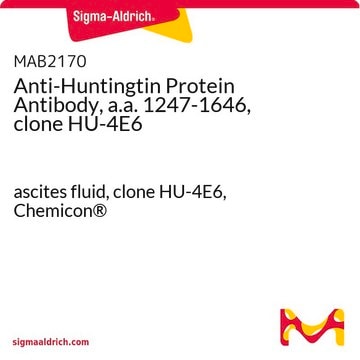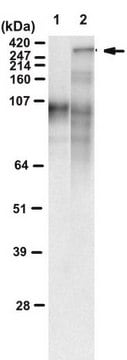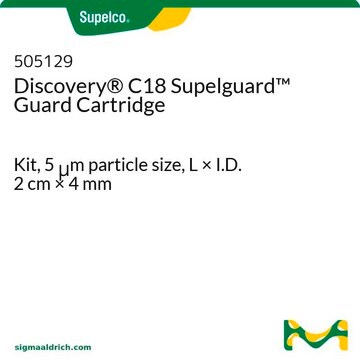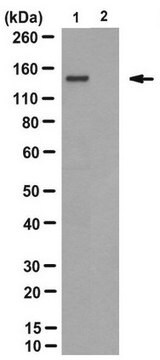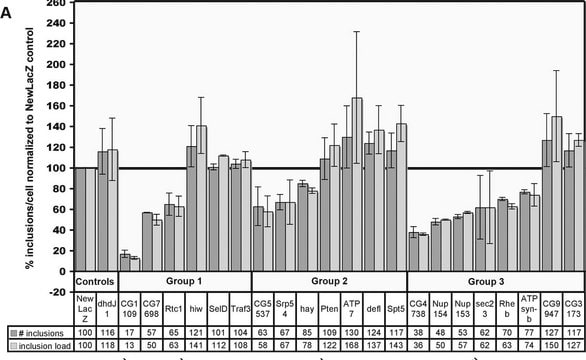MAB5492
Anticuerpo anti-huntingtina, a.a. 1-82
ascites fluid, clone 2B4, Chemicon®
Sinónimos:
Anti-Huntingtin, Anti-Huntingtin Antibody, Detection Antibody
About This Item
Productos recomendados
biological source
mouse
Quality Level
antibody form
ascites fluid
antibody product type
primary antibodies
clone
2B4, monoclonal
species reactivity
human
manufacturer/tradename
Chemicon®
technique(s)
ELISA: suitable
immunocytochemistry: suitable
immunohistochemistry: suitable
western blot: suitable
isotype
IgG1
NCBI accession no.
UniProt accession no.
shipped in
dry ice
target post-translational modification
unmodified
Gene Information
human ... HTT(3064) , SLC6A4(6532)
Specificity
Immunogen
Application
Neurociencia
Inmunocitoquímica(1): 1:500-1:5 000
Inmunohistoquímica(1,2): 1:500-1:5 000
ELISA : 1:500-1:5 000
El usuario final debe determinar las diluciones de trabajo óptimas.
Enfermedades neurodegenerativas
Target description
Physical form
Storage and Stability
Analysis Note
Lisado de la corteza cerebral humana sana, corteza cerebral de ratón; muestras de ratones con HD o sanos
Other Notes
Legal Information
Disclaimer
Not finding the right product?
Try our Herramienta de selección de productos.
Optional
Storage Class
12 - Non Combustible Liquids
wgk_germany
WGK 1
flash_point_f
Not applicable
flash_point_c
Not applicable
Certificados de análisis (COA)
Busque Certificados de análisis (COA) introduciendo el número de lote del producto. Los números de lote se encuentran en la etiqueta del producto después de las palabras «Lot» o «Batch»
¿Ya tiene este producto?
Encuentre la documentación para los productos que ha comprado recientemente en la Biblioteca de documentos.
Nuestro equipo de científicos tiene experiencia en todas las áreas de investigación: Ciencias de la vida, Ciencia de los materiales, Síntesis química, Cromatografía, Analítica y muchas otras.
Póngase en contacto con el Servicio técnico
